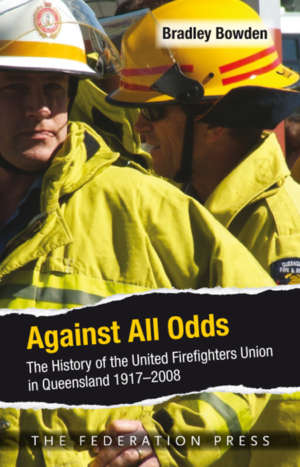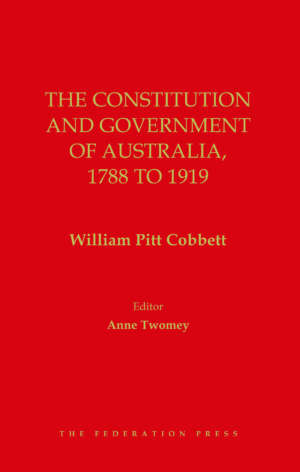Product Description
If ordering outside Australasia (ie from UK, Europe, Nth and Sth America and Africa) please contact Zed Books (UK) directly: www.zedbooks.co.uk.
Pat Howley tells the extraordinary story of how, in the 1990s, in the crisis of civil war, the people of the island of Bougainville returned to their traditional peace making and conflict resolution processes as the western court system collapsed.
Prominent are the ordinary people who experienced the crisis – the victims, the freedom fighters, and the women who took a leading part in the peace process. Howley writes mostly through their eyes, in their words.
Howley, Executive Director of the PEACE Foundation Melanesia, was with them through most of the war. He oversaw a marriage of Western learning on restorative justice and win-win mediation with custom law. The success was so extraordinary that the processes set up are now being used in most village communities as the norm for conflict resolution, even for serious matters such as murder.
Howley analyses the effectiveness of this marriage and how it can be used in the future when Bougainville achieves autonomy. He also discusses the devastation to Bougainville’s culture and identity caused by the giant copper mine which dominated the PNG economy, and how the islanders are coping with the residue of trauma from the civil war.
"A landmark study of reconciliation and restorative justice in action, profound and inspiring in its holistic view of justice … Bougainville shows the world how indigenous people can reclaim their justice system … This book shows how a people’s peace can prevail over a war that was a product of colonisation."Professor John Braithwaite, Australian National University




